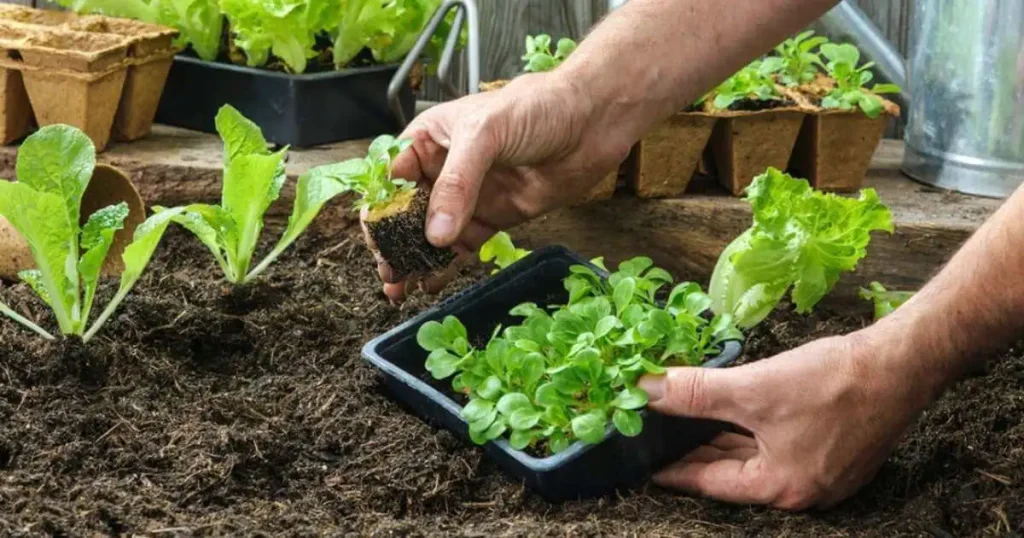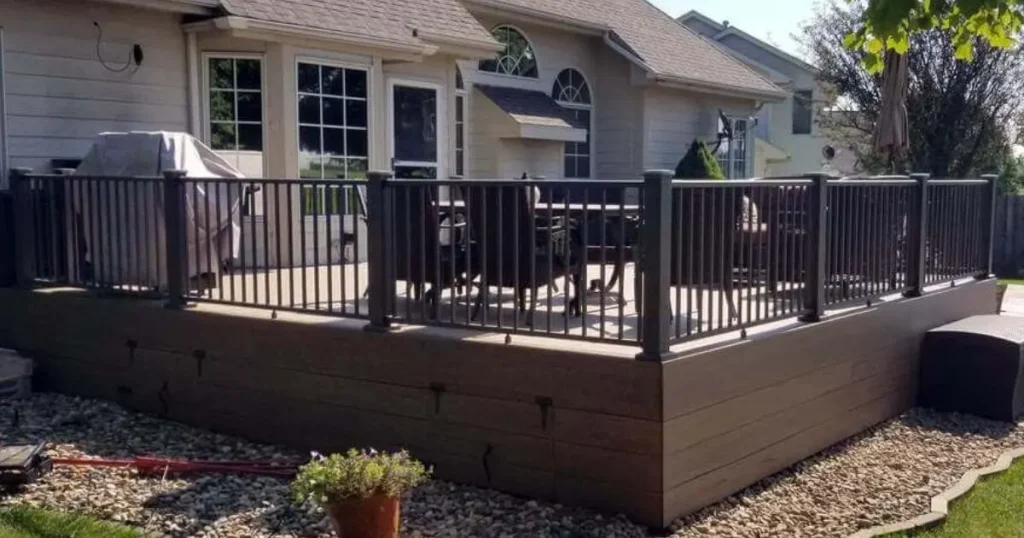Gardening is more than just a hobby; it’s a fantastic way to improve both your mental and physical health. Tending to plants can reduce stress, boost your mood, and even give you a good workout. Plus, growing your own fruits and vegetables means fresher, healthier food on your plate.
In this guide, you’ll learn the essential gardening tips for beginners. We’ll cover everything from understanding your climate zone to choosing the right plants and preparing your garden. By the end, you’ll have the knowledge to start your garden with confidence in 2024.
Table of Contents
Getting Started with Gardening
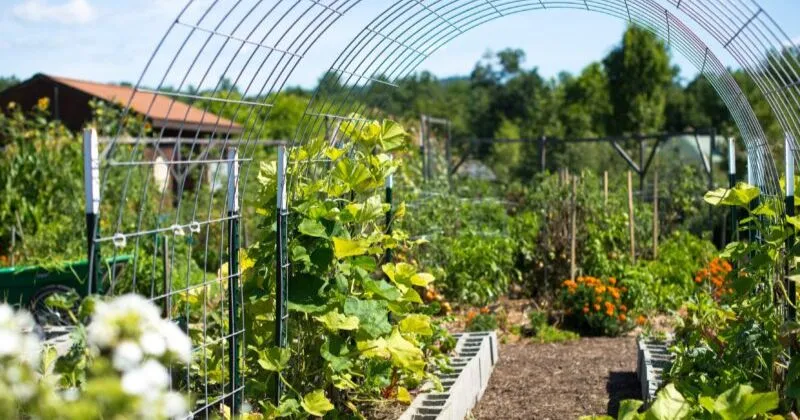
Before planting anything, you need to know your climate zone. This is important because different plants grow best in different areas. The USDA Hardiness Zones map shows which plants can thrive in your region.
Explanation of USDA Hardiness Zones
The USDA Hardiness Zones are regions defined by their minimum winter temperatures. Each zone is divided into 10°F increments. For example, Zone 7 has average minimum temperatures between 0°F and 10°F.
You can find your zone by entering your zip code on the USDA Hardiness Zone Map website. Knowing your zone helps you choose plants that will survive the winter in your area.
Choosing the Right Plants
Some plants are easier to grow than others, especially for beginners. Try growing vegetables like tomatoes, lettuce, and carrots. Herbs like basil, mint, and parsley are also great choices. For flowers, consider marigolds, sunflowers, and zinnias.
Factors to Consider
When choosing plants, think about how much sunlight your garden gets. Some plants need full sun, while others prefer shade. Also, consider how much water your plants will need. Most plants need regular watering, but some, like succulents, need less. Finally, check the soil in your garden. Is it sandy, clay, or loamy? Different plants prefer different types of soil. Adding compost can improve soil quality and help your plants grow better.
Essential Gardening Tools
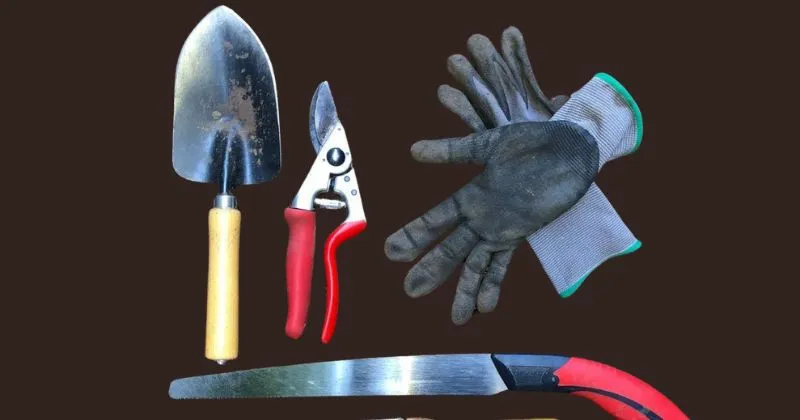
Starting a garden requires some basic tools to make the job easier and more fun. Here are the essential tools every beginner gardener needs:
- Trowel: A trowel is a small handheld tool perfect for digging holes, planting seeds, and moving soil. Look for one with a comfortable grip.
- Pruners: Pruners are scissors used to cut small branches and stems. They help keep plants healthy by removing dead .or overgrown parts.
- Gloves: Gardening gloves protect your hands from dirt, thorns, and rough surfaces. Choose gloves that fit well and are durable.
- Watering Can or Hose: Plants need water to grow, and a watering can or hose helps you water them efficiently. A watering can is great for small gardens, while a hose is better for larger areas.
- Garden Fork: A garden fork has sturdy prongs that make loosening soil, removing weeds, and turning compost easier.
- Rake: A rake is a versatile tool for keeping your garden tidy. It helps you gather leaves, spread mulch, and smooth soil.
Preparing Your Garden
Choosing the right spot for your garden is crucial. Here’s what to consider:
- Sunlight: Most plants need at least 6 hours of sunlight each day. Observe your yard to find a spot that gets plenty of sun.
- Drainage: Proper drainage is essential to prevent water from pooling around your plants. Choose a location where water doesn’t collect after it rains.
Soil Preparation
Good soil is the foundation of a healthy garden. Here’s how to prepare it:
- Testing Soil pH: Testing your soil’s pH helps you understand if it’s too acidic or too alkaline for plants. You can buy a soil test kit online or from a garden center. Aim for a pH between 6 and 7, which is ideal for most plants.
- Adding Compost and Fertilizers: Compost improves soil structure and provides nutrients. Spread a layer of compost over your garden area and mix it into the soil. You can also add fertilizers to give plants an extra boost. Organic options like fish emulsion or bone meal are great choices.
Creating a Garden Plan
Planning your garden layout helps make the most of your space. Here are some tips:
- In small gardens, use vertical space by growing plants on trellises or in hanging baskets. Group plants with similar needs together to make care easier. Use containers for herbs and flowers to save space.
- In larger gardens, create pathways to access different areas easily. Divide your garden into sections for vegetables, flowers, and herbs. Consider adding raised beds for better soil control and easier maintenance.
Planting Basics
Once you’ve planned your garden, it’s time to start planting. Planting and caring for your plants is essential to ensure that they thrive. When planting, make sure to follow the instructions on the seed packet or plant label. This will ensure that you plant your seeds or seedlings at the correct depth and spacing.
After planting, make sure to water your plants regularly. The frequency of watering will depend on the type of plant and the weather conditions. It’s essential to check the soil moisture by inserting your finger into the soil up to the first knuckle. If the soil feels dry, it’s time to water.
You should also fertilize your plants regularly. Fertilizers provide essential nutrients that plants need to grow. You can purchase fertilizers at your local nursery or online.
Planting Techniques
Proper Planting Depth and Spacing
Planting Depth
- Seeds: Plant seeds at a depth of about twice their width. For tiny seeds, barely cover them with soil.
- Seedlings: Dig a hole that is slightly deeper and wider than the seedling’s root ball. Place the seedling in the hole and fill it with soil, ensuring it stands upright.
Spacing
- Leave enough space between plants to grow without competing for nutrients, water, and sunlight. Check the seed packet or plant label for specific spacing instructions.
Watering Tips for New Plants
- Water them gently but thoroughly after planting seeds or seedlings to help them settle into their new environment.
- Keep the soil consistently moist but not waterlogged. Overwatering can drown the plants, while underwatering can dry them out.
- Watch for signs of too much or too little water, like wilting or yellowing leaves.
Gardening Maintenance
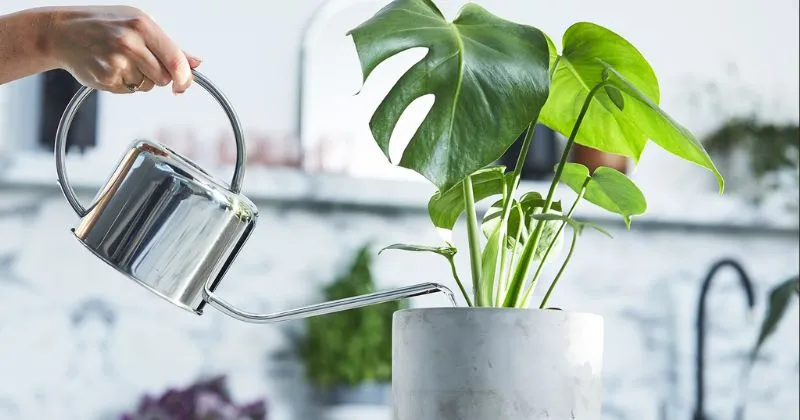
Watering Strategies
How Often and How Much to Water
- Most plants need about 1 inch of water per week, but they may need more during hot or dry periods.
- Water should reach the root zone, about 6 inches deep. Shallow watering leads to shallow roots, which can make plants less resilient.
- Water in the morning to reduce evaporation and allow leaves to dry before evening, preventing fungal diseases.
Watering Methods
- Drip Irrigation: Delivers water directly to the base of the plants, reducing water waste and keeping foliage dry.
- Sprinklers: Good for covering large areas but can lead to more evaporation and wet foliage, which may promote disease.
- Soaker Hoses: Lay these hoses on the ground around plants. They slowly release water, which soaks into the soil directly.
Weed Control
Mulching Techniques
- Organic Mulch: Use straw, wood chips, or grass clippings. Spread a 2-3 inch layer around your plants to keep weeds down and moisture in.
- Inorganic Mulch: Use materials like plastic or landscape fabric. They block weeds effectively but don’t add nutrients to the soil.
Natural Weed Control Methods
- Regularly pull weeds by hand, ensuring you remove the roots to prevent regrowth.
- Spray young weeds with a vinegar and water solution. This natural method can help manage small weed outbreaks.
Pest Management
Pests can be a significant problem in gardens, especially for beginners. Monitor your plants regularly for signs of pests, such as holes in leaves or stems.
Identifying Common Garden Pests
- Aphids: Small, green, or black insects that cluster on leaves and stems, sucking plant juices.
- Caterpillars: Worm-like larvae that chew on leaves and stems.
- Snails and Slugs: Soft-bodied pests that leave slimy trails and chew holes in leaves.
Organic Pest Control Solutions
- Neem Oil: A natural pesticide that can deter many types of pests. Spray it on affected plants following the product instructions.
- Companion Planting: Grow plants like marigolds or basil that naturally repel pests.
- Handpicking: Remove larger pests like caterpillars, snails, and slugs by hand.
Make Use of Compost
Composting is an excellent way to turn kitchen waste into a nutrient-rich soil amendment. Here are some tips to help you make use of compost:
- Collect kitchen waste, such as fruit and vegetable peels, tea bags, and coffee grounds, and add it to your compost pile.
- Add brown materials, such as dried leaves or straw, to your compost pile to help it break down.
Seasonal Gardening Tips
Spring Gardening Tips
Spring is the perfect time to start gardening. First, clean your garden by removing dead leaves and weeds. Next, check the soil. Add compost to make it rich and ready for planting. Also, sharpen your gardening tools to ensure they’re in good condition.
Start by planting seeds indoors. Vegetables like tomatoes, peppers, and cucumbers grow well when you start them inside. Once the weather warms up, move them outside. You can also plant flowers like marigolds and petunias to add color to your garden.
Summer Gardening Tips
Summer can be harsh on plants because of the heat. Water your garden early or late in the evening to avoid evaporation. Mulch around your plants to keep the soil moist. Choose drought-resistant plants like lavender and succulents to make gardening easier.
Summer is the time to enjoy the fruits of your labor. Pick vegetables like tomatoes, cucumbers, and beans when they’re ripe. Harvest regularly to encourage more growth. Pick fruits like strawberries as soon as they are entirely red and juicy.
Fall Gardening Tips
Fall is the time to get your garden ready for the cold. Start by cleaning up dead plants and fallen leaves. Plant cover crops like clover or rye to protect the soil. Also, consider adding a layer of mulch to insulate your plants from the winter chill.
Some plants thrive in cooler weather. Try planting vegetables like spinach, kale, and garlic in the fall. Flowers like pansies and mums can add color to your garden even when the weather cools. These plants will grow well into the early winter.
Winter Gardening Tips
Winter doesn’t mean you have to stop gardening. You can grow herbs like basil, parsley, and mint indoors. Use pots with good drainage and place them near a sunny window. You can also try growing small vegetables like lettuce and radishes in containers inside your home.
Winter is the perfect time to care for your gardening tools. Clean them thoroughly to remove dirt and rust. Sharpen blades and oil moving parts to keep them in good condition. Store tools in a dry place to prevent moisture damage.
Starting Small and Harvesting
As a beginner, it’s essential to start small and gradually expand your garden. This will allow you to gain experience and build your confidence.When harvesting your crops, make sure to follow the instructions on the seed packet or plant label. This will ensure that you harvest your crops at the correct stage of maturity.
It’s also essential to store your harvested crops properly to maintain their freshness and nutritional value. You can store crops like vegetables and fruits in a cool, dry place, such as a refrigerator or pantry.
Common Mistakes to Avoid
Overwatering or Underwatering
Watering can be tricky. Too much water can cause the roots to rot, while too little can cause the plants to wilt. Look for signs like yellow leaves for overwatering and dry, brown edges for underwatering. Always check the soil before watering.
Planting Too Early or Late
Planting at the right time is crucial. Check your local frost dates to know when it’s safe to plant. Planting too early can expose plants to frost while planting too late can shorten the growing season. Use a gardening calendar to plan your planting schedule.
Neglecting Soil Health
Healthy soil is key to a thriving garden. Test your soil regularly to check its pH and nutrient levels. Add compost or fertilizers to improve soil quality. Healthy soil will help your plants grow stronger and resist pests and diseases.
Starting a garden can be challenging, but don’t be discouraged by mistakes. Every gardener, no matter how experienced, makes them. Mistakes are just part of the learning process. The important thing is to keep trying and learning from what doesn’t work. Gardening is a journey, and each season brings new lessons and successes.
Don’t wait for the perfect moment—begin with what you have and where you are. Gardening is a rewarding hobby that brings joy and a sense of accomplishment. Share your experiences and progress with friends, family, or online communities. Your journey can inspire others to start their gardens. Happy gardening!
- Top 12 Essential Gardening Tools for Beginners - June 19, 2024
- Top Gardening Tips for Beginners in 2024 - June 8, 2024
- How To Grow And Care For Peace Lily - April 28, 2024

